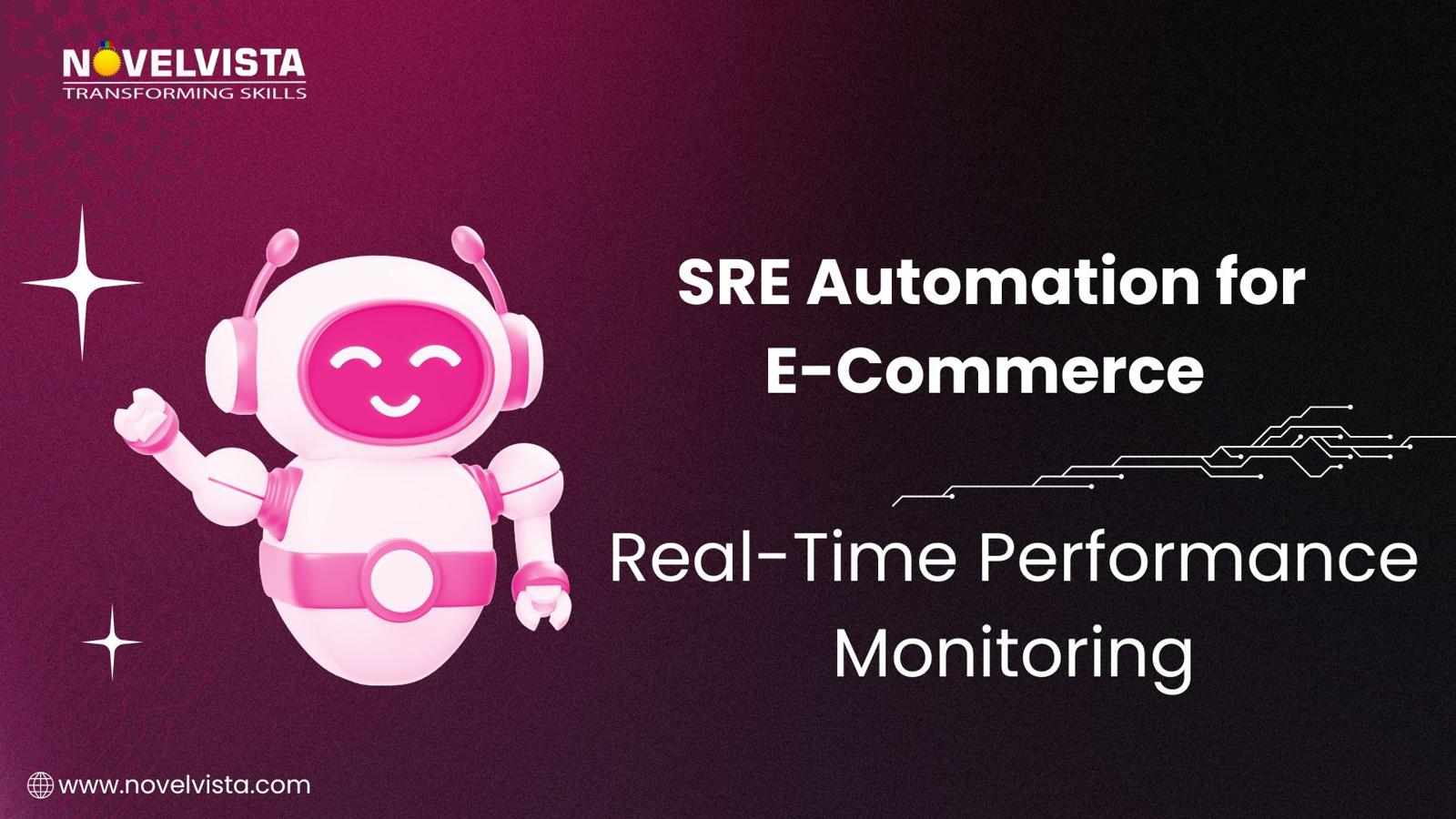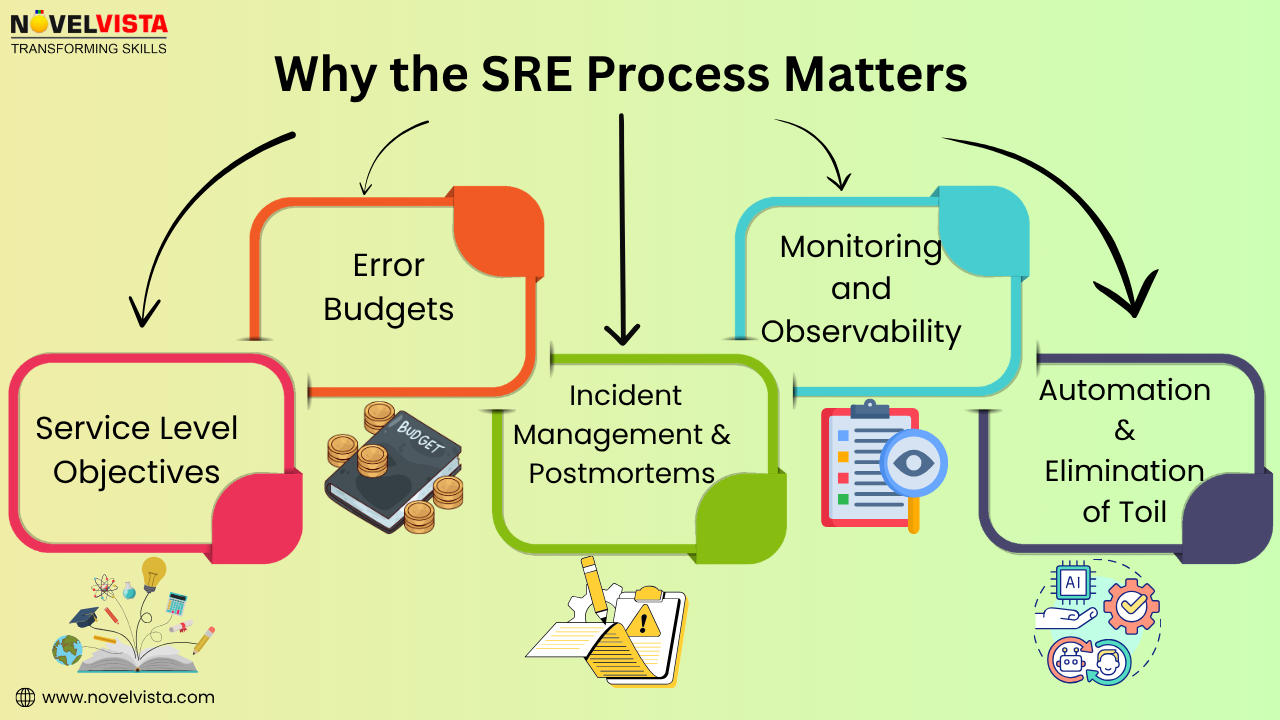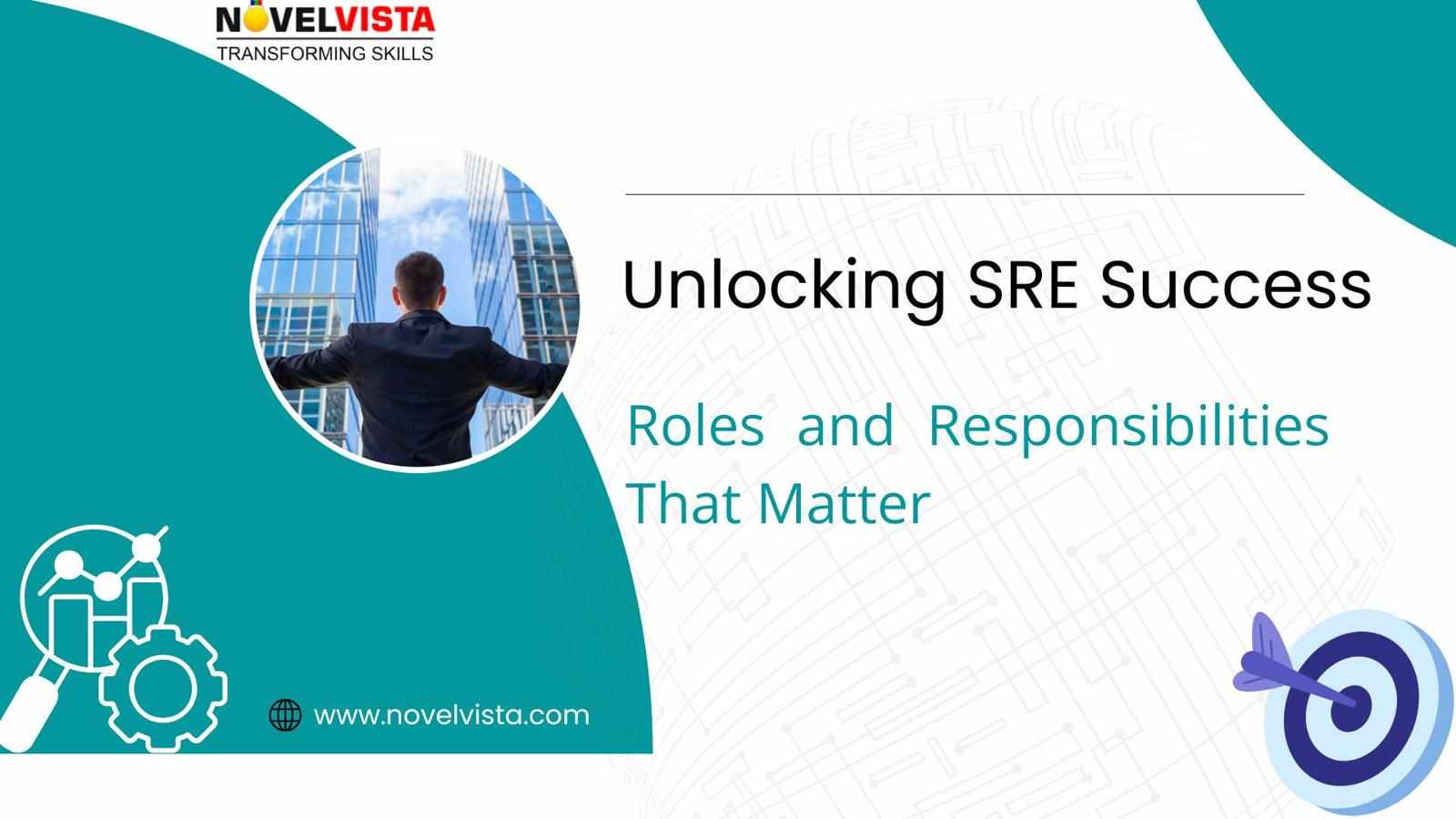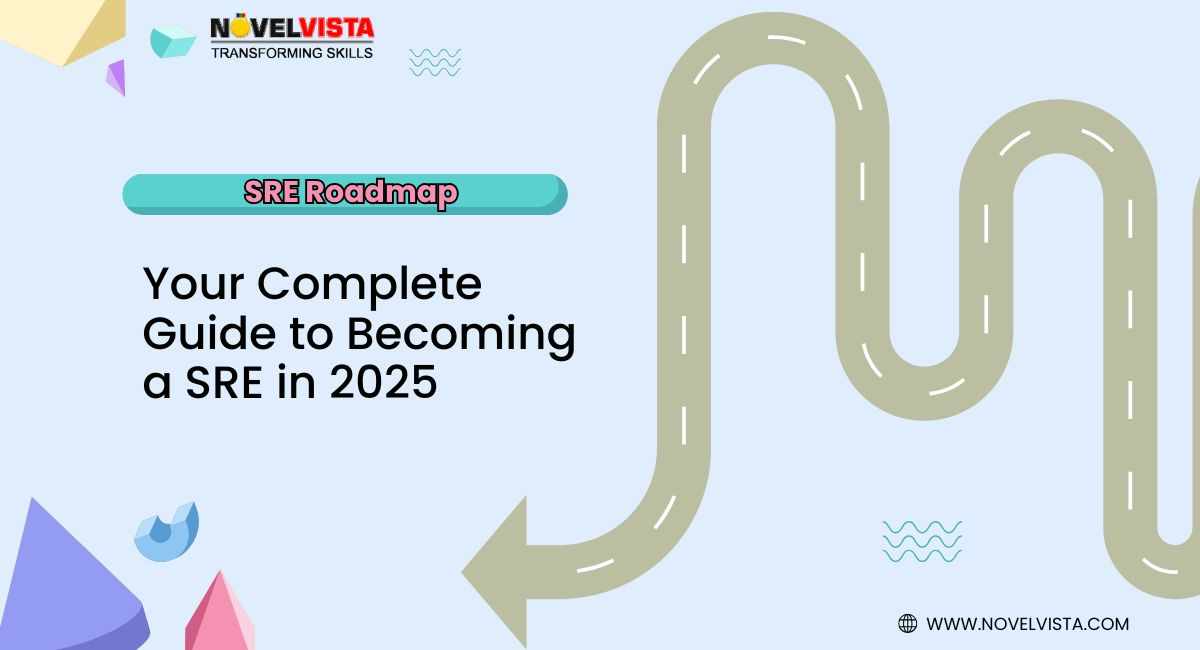
Modern digital services demand high availability, scalability, and reliability. Traditional IT operations often struggle to keep up with the dynamic nature of today’s software development cycles. This is where Site Reliability Engineering (SRE) comes into play. SRE combines software engineering principles with IT operations to ensure the development of reliable and scalable systems. Let’s dive into the SRE fundamentals, its approach, and the key concepts every professional should know.
What is Site Reliability Engineering (SRE)?
Site Reliability Engineering is a discipline introduced by Google to manage large-scale systems efficiently. It focuses on automating manual operations, reducing toil, and improving service reliability through engineering.
SRE bridges the gap between development and operations by applying software engineering to infrastructure and operations problems.
The SRE Approach: How It Works
The SRE approach is different from traditional operations in several key ways:
1. Embracing Risk
Instead of striving for 100% uptime, SREs define acceptable levels of failure using Service Level Objectives (SLOs) and Error Budgets. These allow teams to innovate quickly while maintaining reliability.
2. Automation Over Manual Work
SREs aim to reduce toil—repetitive, manual tasks—by automating deployments, monitoring, and incident response. This boosts efficiency and reduces human error.
3. Monitoring and Observability
Proactive monitoring is essential. SREs use tools to measure latency, traffic, errors, and saturation (commonly referred to as the "Four Golden Signals") to detect and resolve issues before they impact users.
4. Incident Management
When failures occur, SREs follow a well-defined incident response process, including alerting, escalation, mitigation, and post-incident reviews (PIRs). This continuous feedback loop improves systems over time.
5. Blameless Culture
SREs promote a blameless postmortem culture, where teams analyze what went wrong and how to prevent it, without blaming individuals. This encourages transparency and learning.
Key Concepts of SRE
SRE Fundamentals, it’s crucial to understand the core concepts that shape its framework:
1. SLIs, SLOs, and SLAs
SLI (Service Level Indicator): A quantitative measure of a service’s behavior (e.g., uptime, latency).
SLO (Service Level Objective): The target value or range for an SLI (e.g., 99.9% uptime).
SLA (Service Level Agreement): A formal agreement with consequences if SLOs aren’t met, often used with external customers.
2. Error Budget
An error budget is the allowable threshold of failure. If your SLO is 99.9%, the error budget is 0.1%. It balances innovation (new releases) with stability (uptime).
3. Toil
Toil refers to manual, repetitive tasks with no long-term value. Reducing toil allows SREs to focus on engineering tasks that improve system reliability.
4. Monitoring and Alerting
SREs implement intelligent alerting based on symptoms, not causes. Tools like Prometheus, Grafana, and ELK Stack help provide real-time insights.
5. Capacity Planning
Anticipating future system load ensures that infrastructure scales without compromising performance. SREs use data to plan capacity growth proactively.
6. Release Engineering
Safe, automated deployments reduce downtime. Techniques like canary releases, blue-green deployments, and feature flags are often used.
Benefits of Implementing SRE
Higher reliability and uptime
Faster incident response and recovery
Greater alignment between dev and ops teams
Reduced burnout from repetitive tasks
Improved customer satisfaction
Conclusion
SRE is not just a role—it’s a culture shift. By combining software engineering principles with traditional IT operations, SRE enables organizations to scale reliably, innovate more quickly, and develop more resilient systems. Whether you’re an aspiring SRE or a tech leader planning to implement SRE in your organization, understanding these fundamentals will set you on the path to success.
Ready to Deepen Your SRE Knowledge?
👉 Explore Our SRE Certification Training and become an expert in building reliable, scalable systems.




















Write a comment ...